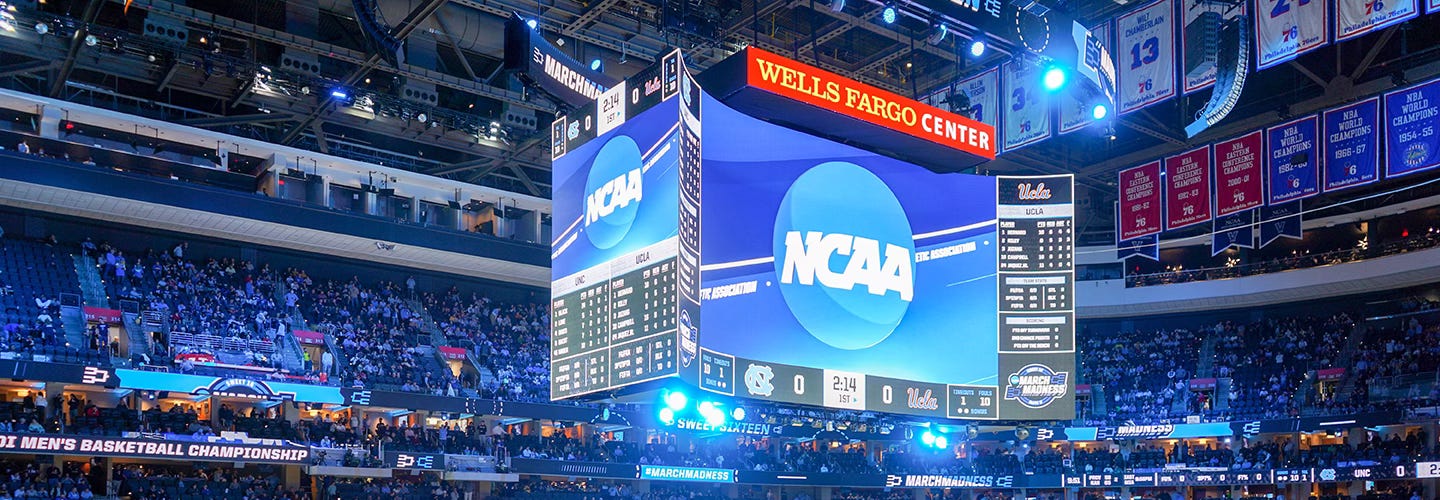The NCAA just got benched by a federal judge.
With the $2.8 billion House v. NCAA settlement officially approved, athletes across the country are being told this is a new era. A victory. A revolution.
We agree… part of that’s true.
But The Athlete’s Advocate is about clarity, not clout. This isn’t the endgame. This is the beginning of a new playbook — one we have to write ourselves.
THE FACTS: What the House v. NCAA Settlement Actually Does
$2.8 billion in backpay will be distributed over 10 years to athletes who were denied NIL earnings between 2016–2021.
Division I schools can now share revenue with athletes starting July 1, 2025, up to $20.5 million per year per school (that cap can grow over time).
The lawsuit was brought by former Arizona State swimmer Grant House, ex-Illinois football player Tymir Oliver, and others, arguing that NCAA rules illegally restricted athlete compensation.
Deloitte will oversee a centralized NIL registry (NIL Go) to flag deals over $600 to prevent booster-driven abuses and establish “market value” benchmarks.
A College Sports Commission will be created to help implement the new system, including how to manage and enforce the new pay model.
OUR PERSPECTIVE: Necessary Progress — But Watch the Power Moves
This settlement only happened because the NCAA was forced into it. They didn’t evolve — they got sued. And lost.
This isn’t innovation. It’s a reaction.
We applaud the athletes who stood up, endured, and ultimately forced the system to acknowledge what it’s refused for decades: that without athletes, there is no college sports economy.
But here’s what the headlines won’t tell you.
WHAT ATHLETES MUST WATCH CLOSELY
1. The Backpay Sounds Huge — But It’s Not What You Think
$2.8 billion sounds like a massive win, and it is — symbolically.
But it will be spread across ~ 390,000 athletes over a decade and divided by factors like sport, school revenue, and duration of eligibility.
Some athletes could receive as little as a few thousand dollars. This isn’t life-changing money for most — it’s reparative, not transformative.
2. Revenue Sharing ≠ Guaranteed Income
Schools can share up to $20.5 million, but they aren’t required to.
Expect Power 5 schools to lean into this — and smaller programs to opt out or delay.
Football and men’s basketball athletes will likely capture the majority of funds unless Title IX enforcement kicks in aggressively.
3. Title IX Loopholes and Legal Battles Are Coming
Since athletes aren’t being paid salaries, schools may argue that gender equity laws don’t apply to revenue sharing.
That could mean disparities between male and female athletes widen, especially without detailed public reporting or third-party audits.
4. NIL Go = Regulation Without Representation
Deloitte’s portal to “flag suspicious deals” could discourage innovation and slow down legitimate partnerships — especially for athletes in niche sports or at smaller programs.
There’s little clarity on how “fair market value” will be calculated, and who gets to define that.
5. Employment Classification Still Unresolved
This settlement does not declare athletes employees. But with revenue sharing and regulated compensation, that line is now blurred.
Ongoing cases (like Dartmouth men’s basketball’s unionization) will push this even further — and could open doors to collective bargaining.
OUR TAKE: This Isn’t the Finish Line — It’s the First Possession
The media is celebrating this as a win. And in many ways, it is. It acknowledges that athletes deserve compensation, protection, and a seat at the table.
But here’s our truth:
This settlement doesn’t create real ownership for athletes.
It doesn’t address how athletes transition after sport — or how they prepare for life beyond.
It doesn’t ensure that women, Olympic athletes, HBCU athletes, and low-visibility sports get a fair share of this new economy.
In short: it breaks ground but doesn’t build equity.
Final Word: The Pivot Is Still Ours to Make
This is a pivotal moment — but it’s not a complete win until:
✅ All athletes are compensated fairly.
✅ All genders and sports are treated equitably.
✅ All programs, from Power 5 to HBCUs, have a seat at the table.
✅ Athlete voices are not only included — they’re centered.
We’re not settling for a settlement. We're pushing for systems that prioritize athlete well-being, education, and economic mobility long after their final game.
Let’s keep the pressure on.





